#structures and light
Explore tagged Tumblr posts
Text

Who is this sassy lost child?
[First] Prev <–-> Next
#poorly drawn mdzs#mdzs#lan wangji#a-yuan#A-Yuan knows how to to utilise his big wet eyes to get treats. What a little legend.#The crowd comments about LWJ being 'daddy' and WWX being 'the mother' are a little too 'fan-service bait' for me.#So I am personally reimagining it as another layer of 'misinterpretation of a more complex situation' commentary.#I like how the different styles of interacting with children WWX an LWJ exhibit say so much about their own childhoods.#We - human beings in the real world - take two lessons from how we were parented: What we valued and what we wish we had.#LWJ leaning into indulgence is him pushing back against his own childhood of asceticism. It's something he didn't have - so he gives it.#WWX on the other hand has been *so* defined by his drive to indulge. And here he is the restrictor!#It takes a bit more to see what's going on here. The factors are not singular.#but to keep it in theme with LWJ; I'd propose it is partly his way of establishing structure when he did not have it as a child.#Both approches are a way of saying 'I didn't have this and I wish I did.'#With LWJ it's pretty obvious why...but WWX? What is at your core? What is your regret towards a lack of restriction?#Or...What benefit do you think it gives this child to learn the harsh lessons of going without?#Did it make you strong when you were a child? Do you think it is just the nature of the world and we all must learn it?#How we interact with children is such a fascinating topic to delve into our psychology and neuroses.#In a more light hearted turn of topic:#WWX confirmed to be 'person taking the car to the drive through to order one black coffee for himself' on the triangle spectrum.#LWJ is saying 'we have food at home' as he is opening his wallet ready to order for everyone.#(Technically this is comic 213 but yippee! We are in the 200's now! Thank you all so much for reading and cheering me on!)
2K notes
·
View notes
Text

Can't sleep
#rottmnt#rise tmnt#rise of the tmnt#my art#rottmnt leo#i drew the sketch for this two months ago and then didn't do a damn thing with it until i streamed#but I think waiting actually served the piece better#the new lair being in a subway station means that there are probably old lighting structures here and there#waking up from a nightmare or even one of those half-sleeps where you're semi lucid the whole time#and there being a red light outside your gigantic window? hope Krang Prime isn't back again#but by then the thought's in your head and maybe you just stay up a little longer and think about how you need a few more posters#the windows are awfully big aren't they
913 notes
·
View notes
Text

it's that time of year again...
#persona 3#minato arisato#makoto yuki#lizzy does art#hello tumblr dot com!!! i forgor to log in here. again :beh:#one of these days i'll remember to queue the art that i've been drawing in the past 3-6 months i've been logged out of here haha#but for now have this minato i drew for march 5th!!! <3#i was originally planning on skipping march 5th this year cause i have a lot going on but.#big longing for minato hit me in the head and boom. drew him#i've been taking a class on color and light recently! so i tried to use some techniques from that here...#p3's messages are so very meaningful to me so i hope the colors and warmth can get that across!!!#have a lovely day everyone!!! if you want to keep up to date with me im on the butterfly site... (bsky)#but i do miss the structure of tags and archives on tumblr so i will still be here just a lot more sporadically compared to before 👍
676 notes
·
View notes
Text

Heart of the Blue-Eyes
#Heart of the Blue-Eyes#yugioh#ygo#Blue Eyes White Dragon#Valentine's Day#Seemed appropriate given the release of the structure deck as well today#Dragon#LIGHT#Millennium
448 notes
·
View notes
Text
@zorangezest I uh I uerm I joined in on the fun and did a pannel re-draw of ur swapped starscream comic
<3<3<3


once again original comic by @zorangezest !!!! not my original work that credit is hers!!!
#transformers#maccadam#starscream#skywarp#first finished piece in a while#teehee shading this was fun#I took heavy inspo from the original i love the style so much#i wasn't originally going to post this but it seems like op of the comic really enjoys seeing these!!! i suck ass at comic structure#i just used the original as a warm up doodle then.... i finished the doodlde like woah.... holy shit i did it#i loved making starscream's texture look dirty and heavily textured with different shadings/lightings#complicated shading for a complicated character#my art#I have not posted art to tumblr in years! nothing else in my art tag will look close to this lol#at least in my mind idk#sapph's art
611 notes
·
View notes
Text


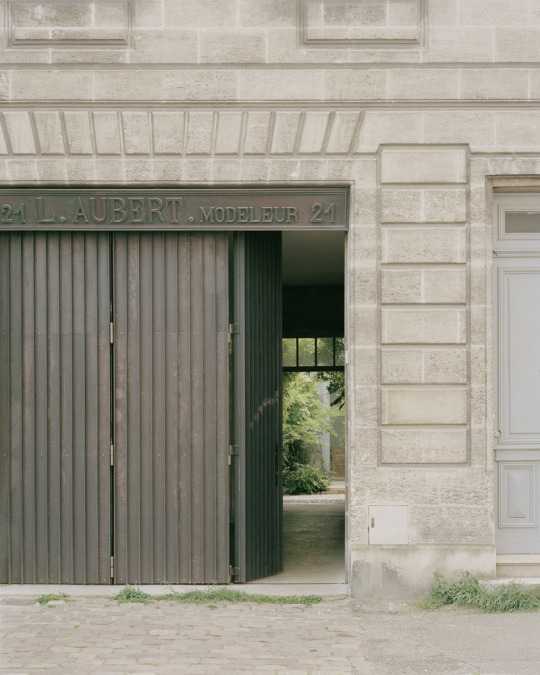




L’Atelier, Bordeaux - A6A
#A2A#architecture#design#building#modern architecture#interiors#minimal#modern#atelier#office#studio#office design#open plan#meeting room#plywood#timber#stone#stone building#glass doors#courtyard#planting#light#beautiful design#cool architecture#desk#design studio#storage#steel structure#old and new#old building
292 notes
·
View notes
Text
bro they need to stop dying for each other

together forever...
#cl thoughts#eren jaeger#aot screencaps#armin arlert#eren yeager#aot finale#aot#snk#eremin#erearu#eremin angst#armin x eren#eren x armin#i miss the wit style :(#i really like the structure & detail of mappa's linework#but I really miss Wit's lighting style#together forever in hell </3
759 notes
·
View notes
Text




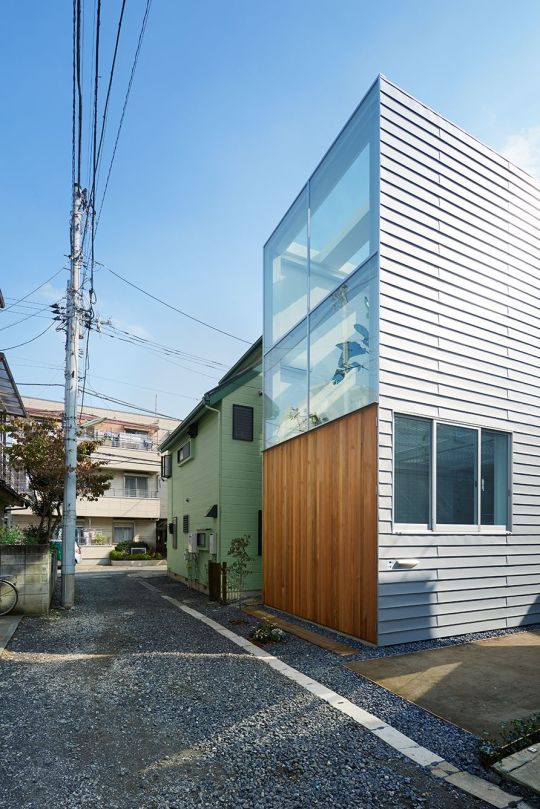

house in kawasaki ~ tiachi mitsuya & associates | photos: © daici ano
#architecture#houses#japan#tiny house#box#inside outside#natural light#skylights#lightwell#simple#minimal#flooring#steel#metal#structure#doors#ceiling
400 notes
·
View notes
Text
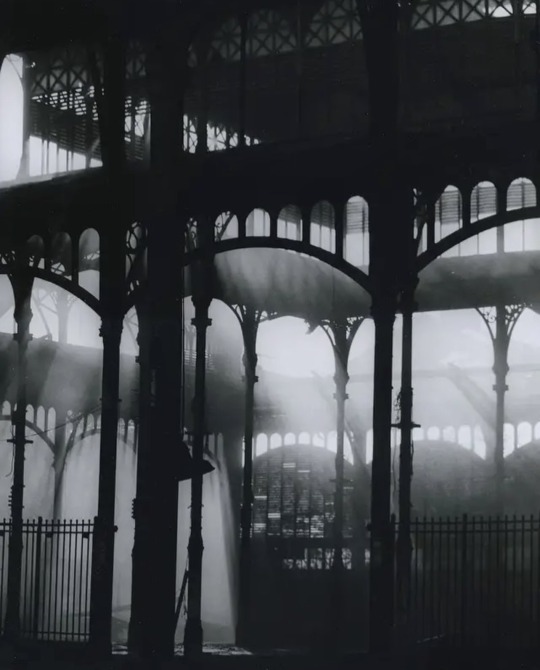
Jean-Claude Gautrand: L'Assassinat de Baltard (1971) Located: Paris
#Jean-Claude Gautrand#L'Assassinat de Baltard#architecture#structure#lighting#black and white#photography#paris#1971
1K notes
·
View notes
Text
Writing Notes: Dramatic Structure

Dramatic Structure - the framework that allows a story’s plot to unfold.
Aristotle’s ancient Greek text on dramatic theory, Poetics, was the first written work to examine story structure.
Since then, writers and readers have used various approaches to dramatic structure to organize and analyze the plots of plays, poems, short stories, and novels.
Dramatic structure is typically broken up into acts, scenes, and plot points. Examples of popular dramatic structures include the three-act structure and five-act structure.
During the 19th century, German playwright Gustav Freytag presented a plot diagram, commonly known as Freytag’s pyramid or Freytag’s triangle. Freytag's analysis of structure—which centers around a rising action, climax, and falling action—is now one of the most common tools for storytellers.
Key Elements of Dramatic Structure
Introduction: This early part of the story includes exposition—backstory information about the setting and the protagonist, or main character. After introducing the key elements of your story, present an inciting incident—also known as an exciting force—that disrupts the status quo of the story and sets the plot into motion.
Rising action: Following the inciting incident, the main character enters a new world and moves toward a clear goal. The action rises along with the stakes as the protagonist faces obstacles and trials.
Climax: The rising action culminates in a climax, or the turning point of the story arc. At this stage, the protagonist faces their main conflict head-on, opposing the antagonistic force of the story—typically a villain.
Falling action: Immediately following the climax, the conflict between the protagonist and the antagonist unravels, creating suspense about the final outcome. The falling action is often out of the protagonist’s control.
Resolution: Sometimes called the denouement, the resolution of a story concludes the plot, tying up loose ends and answering final questions.
How to Use Dramatic Structure to Write a Story
Although there is a vast variety of methods for structuring stories, consider these general tips for how to best structure your story.
Identify your theme. Before locking in a plot structure, find the central theme of your story. Integrate the central philosophical question of your theme throughout the dramatic arc of your story.
Develop your characters. Identify the goals, desires, needs, and weaknesses of your main character. The more you develop your protagonist, the clearer your story structure will become. Alongside the main plot of your story, create subplots that develop your secondary characters, including allies, mentors, and antagonists.
Experiment with genre. Different genres include different tropes when it comes to story structure. Depending on the genre of your story, choose a story structure that either confirms or subverts the expectations of that genre.
Choose a plot structure for your story. Dramatic structures can be linear, cyclical, or non-linear with flashbacks. The most common plot structure in films and television is a three-act structure with a clear first, second, and third act. Two-act stories often include a climactic midpoint where the stakes rise or the protagonist’s goal changes.
Adapt your structure when necessary. The possibilities for potential dramatic structures are nearly endless. Be prepared to change your dramatic structure based on how your story unfolds on the page. Stay open-minded during the writing process to determine whether your dramatic structure is organic and authentic to the story you’re telling.
Source ⚜ More: Writing Notes & References ⚜ Writing Resources PDFs
#plot#dramatic structure#writeblr#writing tips#literature#writers on tumblr#writing reference#dark academia#spilled ink#writing prompt#creative writing#writing advice#on writing#light academia#writing resources
106 notes
·
View notes
Text
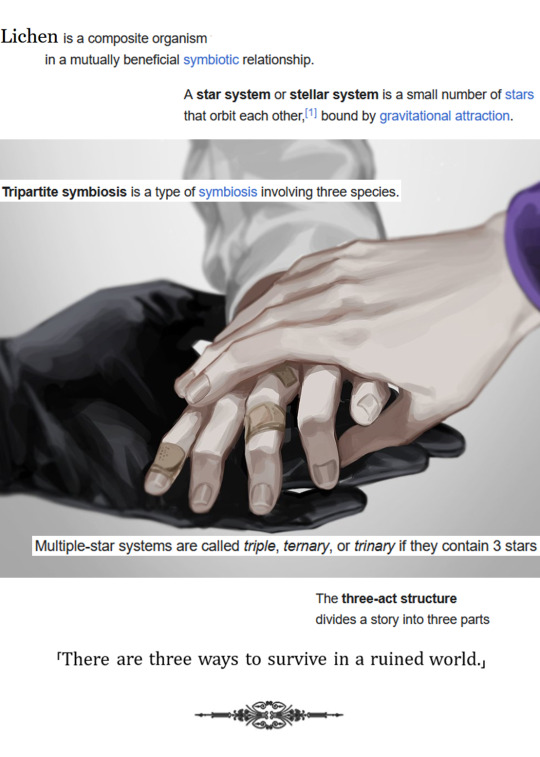
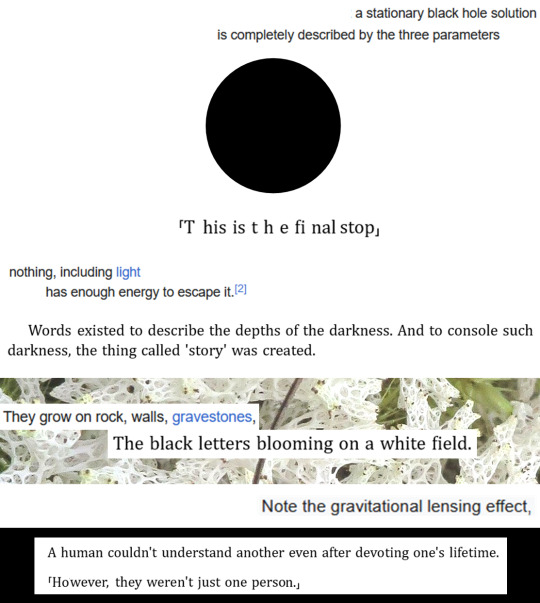

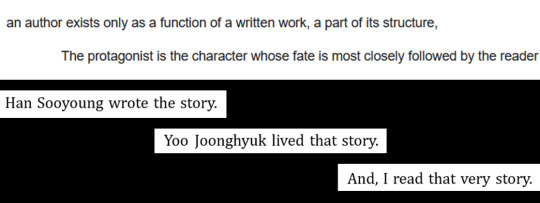
Triptych
#do. do you see my vision#orv#omniscient reader's viewpoint#aj arts#orv spoilers#i guess#anyway this was very fun#wikipedia poem#yoohankim#text is from the Wikipedia pages for:#lichen. star system. polaris. black hole. author. protagonist#and tripartite#lichen can be a symbiosis of fungi and algae or cyanobacteria; or it can have all three#gravitational lensing is the term for the visual distortion around black holes as it bends light. some of it gets mirrored#youll see it in artist renditions of black holes#wait i also used a line from the page for three act structure
2K notes
·
View notes
Text
Castiel confessed gay love and went to super hell. Aziraphale didn’t confess gay love and went to super heaven. Super homophobes stay winning.
#destiel#spn#good omens#good omens s2#ineffable husbands#good omens s2 spoilers#let me just say I’m fully aware that this is a three act structure and we’re at the end of act two.#I have absolute faith in the team (Gaiman; Finnemore; Tennant; and Sheen) to have planned for a happy ending season three.#but whether or not Amazon will green light is another question…#this is a meme post for the jokes sake.
2K notes
·
View notes
Text
I know that "eyes turning red to signify a character is evil now" is a big thing in Transformers but can you imagine if that just fucking happened sometimes
#transformers#maccadam#especially in continuities where it seems like the actual structure of the optic itself doesn't determine color#but something projecting light into the optic
98 notes
·
View notes
Text


"Hey, you're Chihiro, right? Quite the celebrity. A man-whore with sticky fingers. I like trash like you. You'd make the perfect pet. I'll take you in."
HAPPY OF THE END (2024). EPISODE THREE.
#happy of the end#asianlgbtqdramas#asiandramasource#jdramasource#dramasource#tvedit#*#faiza gifs#no reason for giffing this bit he just looks SO GOOOOOD here in this lighting THATS LITERALLY IT.#he reminds me HERE specifically SOOOOOO MUCH of atsuki when atsuki had long hair during flavor era for genic except his hair was black#and beppu's is blonde.#but yeah. JUST THE bone structure and the full lips.
208 notes
·
View notes
Photo

Vertical Portal (1 of 4) - Andrey Surnov
95 notes
·
View notes
Text

Man, I love them.
Sadly Breakdown lost more than a engine.
#lednet au drawings!#transformers#transformer prime#tfp#tfp breakdown#tfp knockout#knockout x breakdown#breakdown x knockout#KOBD#tfp kobd#tw sex joke#By looking at the text and the character that is shown.I think it is obvious#drawing more big ass robots.No more puny little ones.#minicons don't count as the small puny ones btw-#Gotta learn the base structure.#maccadam#tf#tf knockout#tf breakdown#gay robots#Man I love them so much#but their sadly doomed in tfp#atleast their married in the comics and live?...Right?Please don't tell me idw made them doomed-#I must get the books...#Omg the crossover with mlp...and mtmte and the lost light#WHAT IS ULTRA MAGUS X MEGATRONG ABOUT-#some rarepair shit I need to know.#I think their one of the first gay tf ships I shipped-#omg I use to ship spider girly with Breakie but then shit wait. That crawly killed him... Toxic peeps-#Man my brain function was different til like “oh wait--”
53 notes
·
View notes